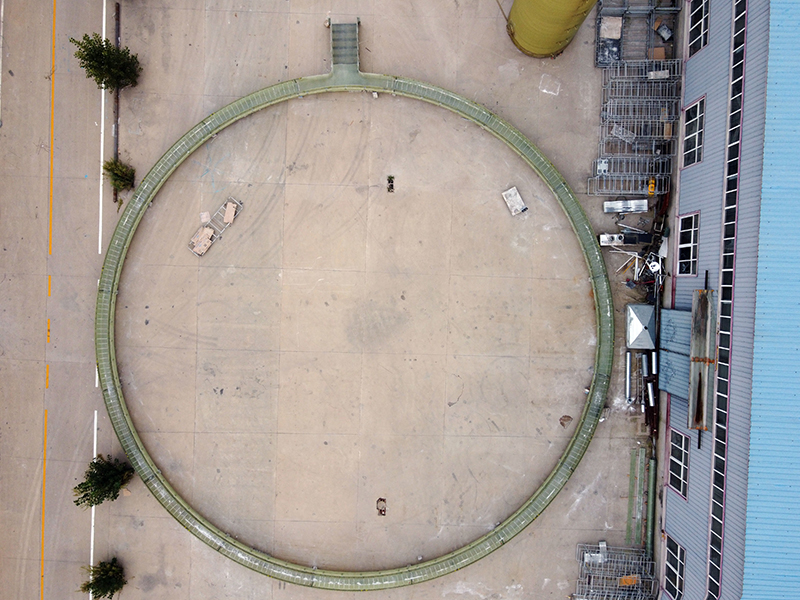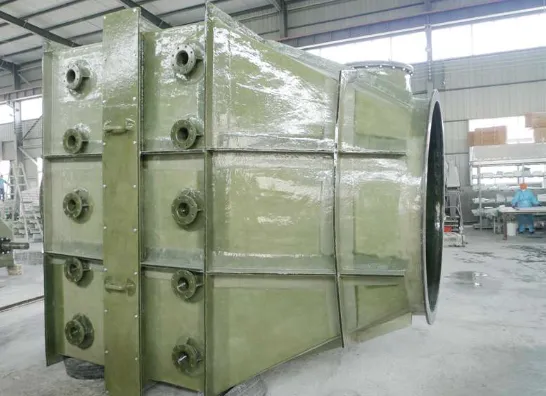
-
 Afrikaans
Afrikaans -
 Albanian
Albanian -
 Amharic
Amharic -
 Arabic
Arabic -
 Armenian
Armenian -
 Azerbaijani
Azerbaijani -
 Basque
Basque -
 Belarusian
Belarusian -
 Bengali
Bengali -
 Bosnian
Bosnian -
 Bulgarian
Bulgarian -
 Catalan
Catalan -
 Cebuano
Cebuano -
 China
China -
 China (Taiwan)
China (Taiwan) -
 Corsican
Corsican -
 Croatian
Croatian -
 Czech
Czech -
 Danish
Danish -
 Dutch
Dutch -
 English
English -
 Esperanto
Esperanto -
 Estonian
Estonian -
 Finnish
Finnish -
 French
French -
 Frisian
Frisian -
 Galician
Galician -
 Georgian
Georgian -
 German
German -
 Greek
Greek -
 Gujarati
Gujarati -
 Haitian Creole
Haitian Creole -
 hausa
hausa -
 hawaiian
hawaiian -
 Hebrew
Hebrew -
 Hindi
Hindi -
 Miao
Miao -
 Hungarian
Hungarian -
 Icelandic
Icelandic -
 igbo
igbo -
 Indonesian
Indonesian -
 irish
irish -
 Italian
Italian -
 Japanese
Japanese -
 Javanese
Javanese -
 Kannada
Kannada -
 kazakh
kazakh -
 Khmer
Khmer -
 Rwandese
Rwandese -
 Korean
Korean -
 Kurdish
Kurdish -
 Kyrgyz
Kyrgyz -
 Lao
Lao -
 Latin
Latin -
 Latvian
Latvian -
 Lithuanian
Lithuanian -
 Luxembourgish
Luxembourgish -
 Macedonian
Macedonian -
 Malgashi
Malgashi -
 Malay
Malay -
 Malayalam
Malayalam -
 Maltese
Maltese -
 Maori
Maori -
 Marathi
Marathi -
 Mongolian
Mongolian -
 Myanmar
Myanmar -
 Nepali
Nepali -
 Norwegian
Norwegian -
 Norwegian
Norwegian -
 Occitan
Occitan -
 Pashto
Pashto -
 Persian
Persian -
 Polish
Polish -
 Portuguese
Portuguese -
 Punjabi
Punjabi -
 Romanian
Romanian -
 Russian
Russian -
 Samoan
Samoan -
 Scottish Gaelic
Scottish Gaelic -
 Serbian
Serbian -
 Sesotho
Sesotho -
 Shona
Shona -
 Sindhi
Sindhi -
 Sinhala
Sinhala -
 Slovak
Slovak -
 Slovenian
Slovenian -
 Somali
Somali -
 Spanish
Spanish -
 Sundanese
Sundanese -
 Swahili
Swahili -
 Swedish
Swedish -
 Tagalog
Tagalog -
 Tajik
Tajik -
 Tamil
Tamil -
 Tatar
Tatar -
 Telugu
Telugu -
 Thai
Thai -
 Turkish
Turkish -
 Turkmen
Turkmen -
 Ukrainian
Ukrainian -
 Urdu
Urdu -
 Uighur
Uighur -
 Uzbek
Uzbek -
 Vietnamese
Vietnamese -
 Welsh
Welsh -
 Bantu
Bantu -
 Yiddish
Yiddish -
 Yoruba
Yoruba -
 Zulu
Zulu
Jan . 20, 2025 11:51
Back to list
frp panel
Fiber Reinforced Plastic (FRP) panels are revolutionizing the construction and design industries thanks to their unparalleled durability, versatility, and efficiency. Leveraging real-world expertise and profound industry insights, FRP panels are increasingly being adopted across various sectors, promising not only to enhance structural integrity but also to offer sustainable solutions.
FRP panels also embody a forward-thinking approach to sustainability. As the building industry strives toward eco-friendly practices, the environmental advantages of FRP panels cannot be overstated. They require less energy to produce than their traditional counterparts, and many manufacturers are now utilizing recycled materials in their production, further reducing their carbon footprint. For businesses and homeowners looking to achieve LEED certification, incorporating FRP panels into their projects is a step in the right direction. The credibility of FRP panels is reinforced by extensive testing and certification conducted by industry leaders and engineering experts. Rigorous assessments ensure that these panels meet—or exceed—regulatory standards for safety and performance across various applications. Trustworthiness in construction materials is paramount, and the continued endorsement of FRP panels by engineers and architects speaks volumes about their dependability. However, the adoption of FRP panels isn't without its considerations. It's crucial to consult with material specialists to understand the best applications and installation practices. Ensuring proper installation techniques and adherence to manufacturer guidelines will maximize the benefits these panels offer, safeguarding their longevity and performance. In conclusion, FRP panels are a testament to modern innovation and engineering prowess, offering tangible benefits across a multitude of industries. With the right expertise and knowledge, integrating FRP panels into your projects can lead to transformative outcomes, establishing them as a cornerstone material of contemporary design and construction methodologies. Their unrivaled combination of strength, adaptability, and sustainability marks FRP panels as a quintessential element for the future of building and design.


FRP panels also embody a forward-thinking approach to sustainability. As the building industry strives toward eco-friendly practices, the environmental advantages of FRP panels cannot be overstated. They require less energy to produce than their traditional counterparts, and many manufacturers are now utilizing recycled materials in their production, further reducing their carbon footprint. For businesses and homeowners looking to achieve LEED certification, incorporating FRP panels into their projects is a step in the right direction. The credibility of FRP panels is reinforced by extensive testing and certification conducted by industry leaders and engineering experts. Rigorous assessments ensure that these panels meet—or exceed—regulatory standards for safety and performance across various applications. Trustworthiness in construction materials is paramount, and the continued endorsement of FRP panels by engineers and architects speaks volumes about their dependability. However, the adoption of FRP panels isn't without its considerations. It's crucial to consult with material specialists to understand the best applications and installation practices. Ensuring proper installation techniques and adherence to manufacturer guidelines will maximize the benefits these panels offer, safeguarding their longevity and performance. In conclusion, FRP panels are a testament to modern innovation and engineering prowess, offering tangible benefits across a multitude of industries. With the right expertise and knowledge, integrating FRP panels into your projects can lead to transformative outcomes, establishing them as a cornerstone material of contemporary design and construction methodologies. Their unrivaled combination of strength, adaptability, and sustainability marks FRP panels as a quintessential element for the future of building and design.
Next:
Related Products









